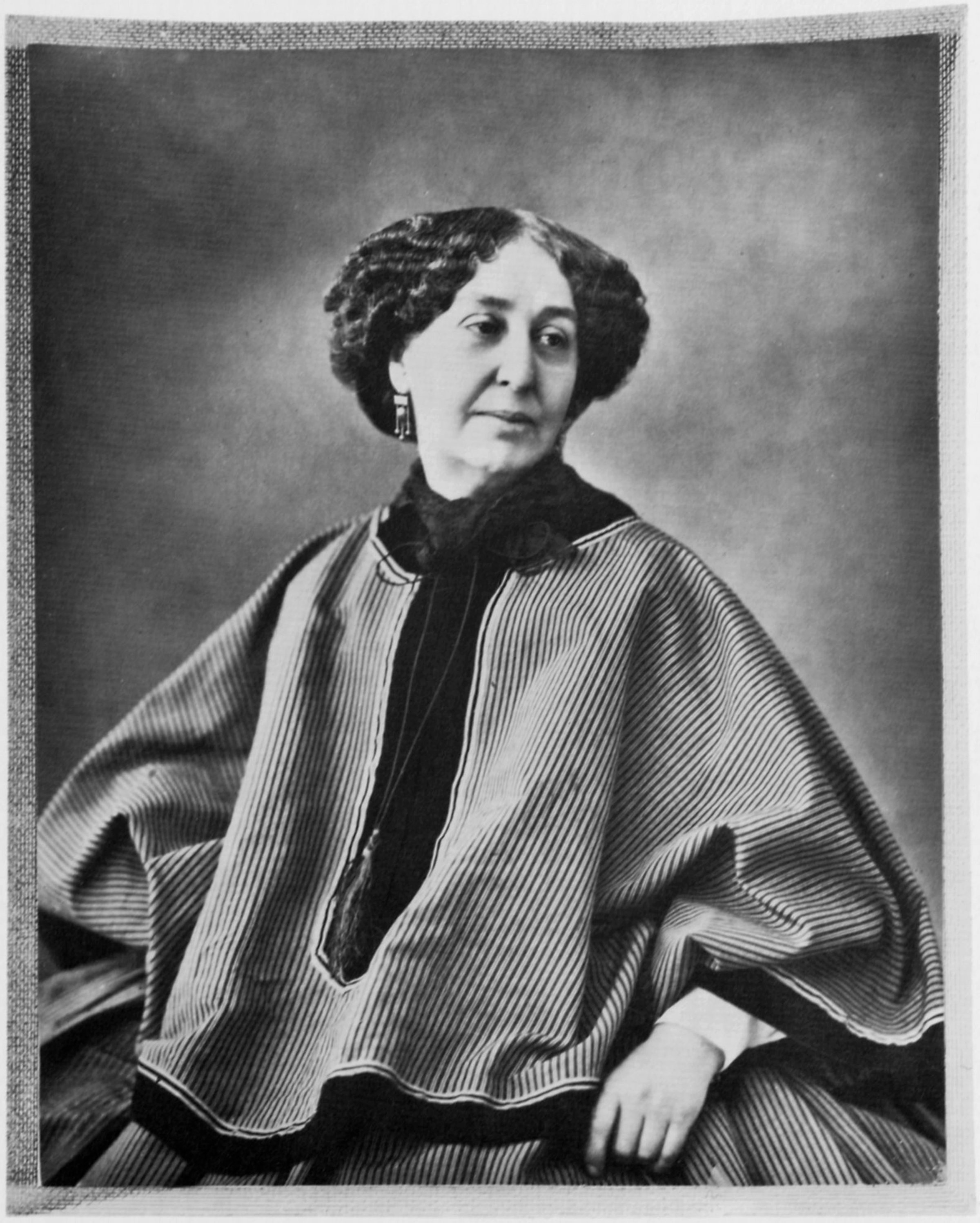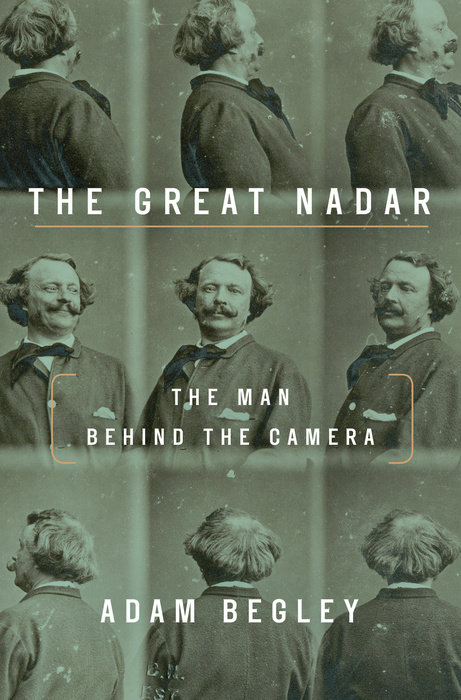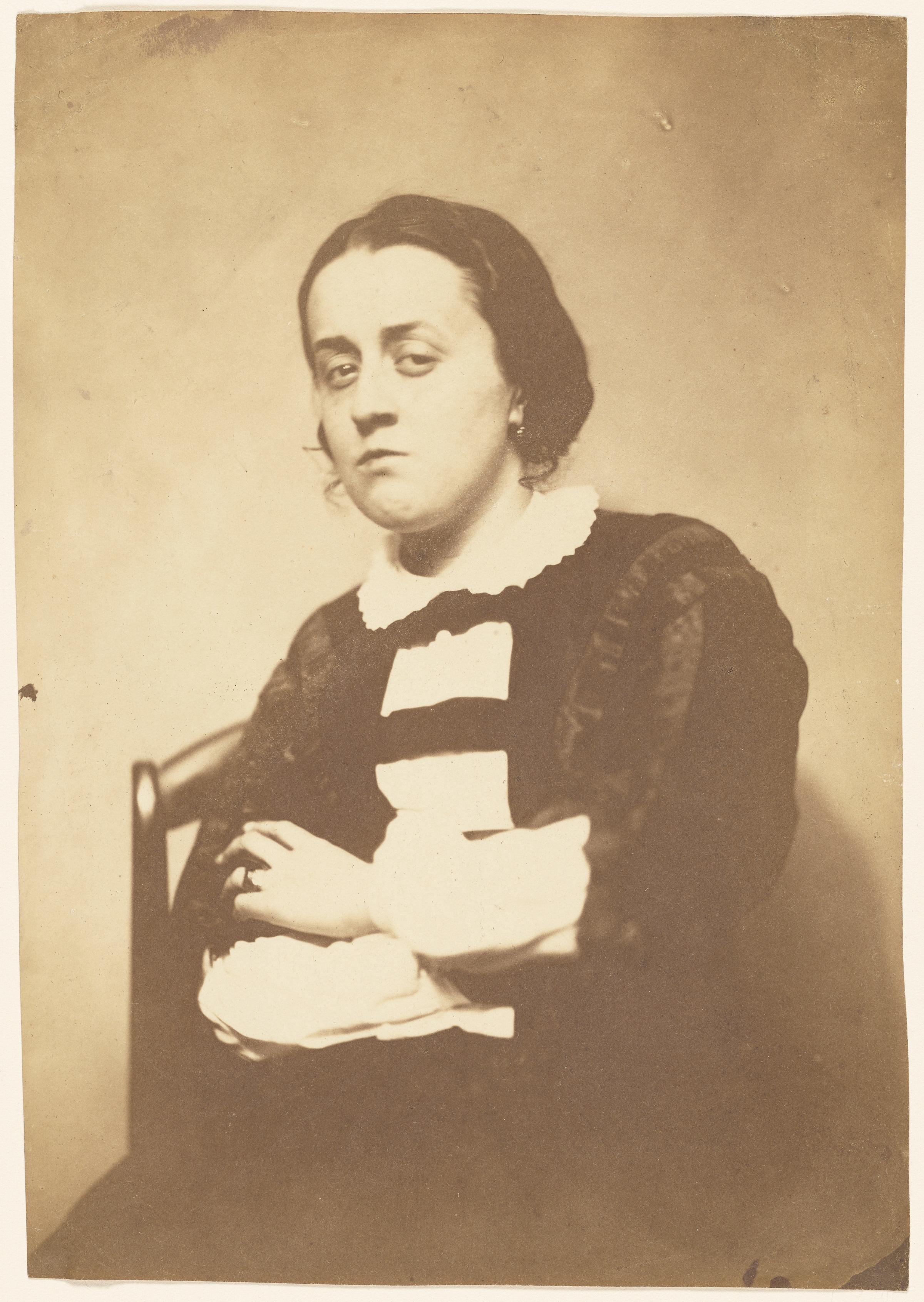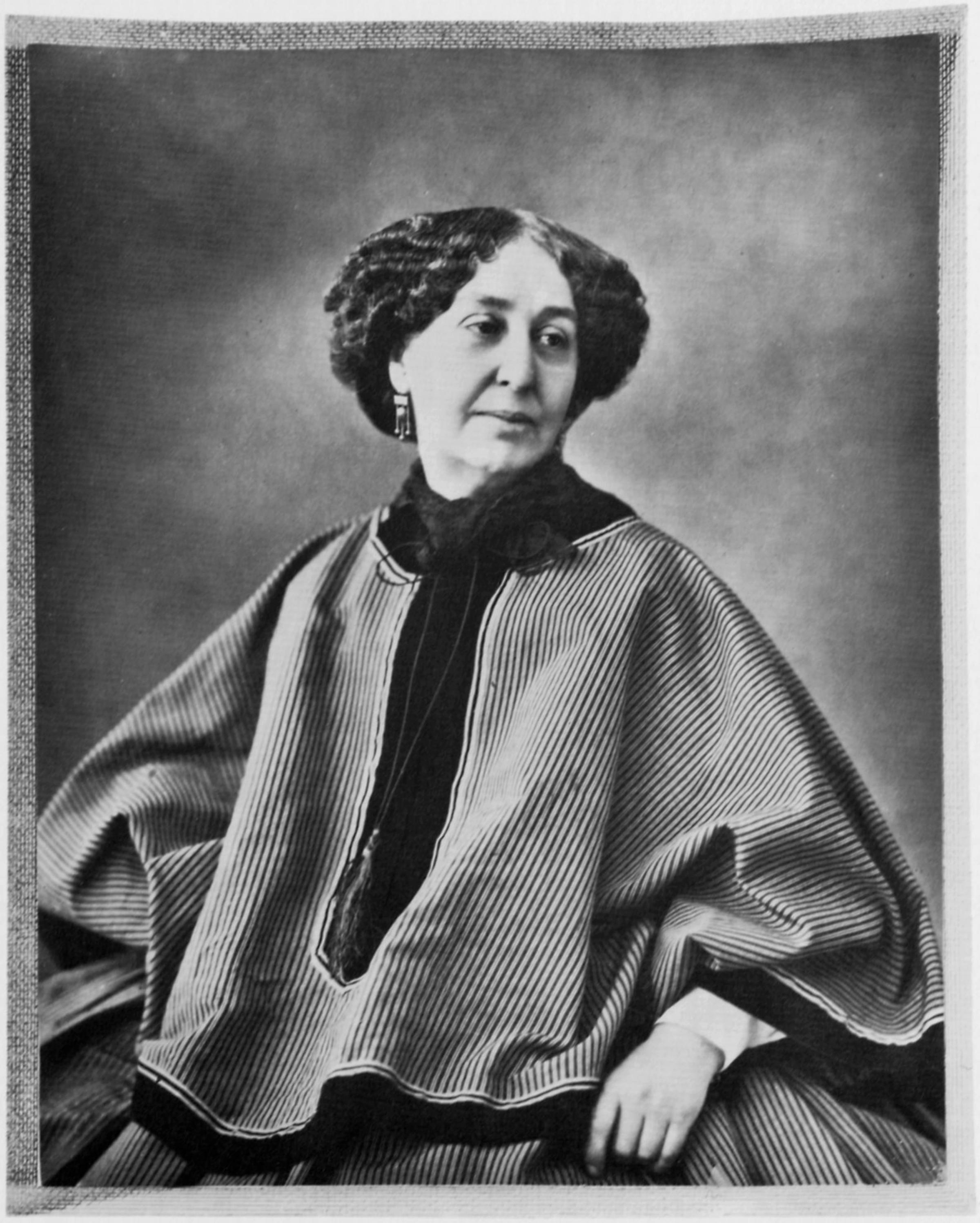
The name of the man who was arguably the first great portrait photographer is unknown to most Americans. But in his native France, his life is the stuff of legend.
Born in 1820 as Gaspard-Félix Tournachon but known both personally and professionally by his pseudonym Nadar, he mastered the art of photography while it was still in its infancy. Already famous as a man of letters and caricaturist before picking up the camera, he easily befriended luminaries of his age, such as Charles Baudelaire and George Sand, and wooed them into his photo studio.
It was that combination of artistic skill and personal intrigue that drew biographer Adam Begley (no relation to this writer) to Nadar’s story. His new book The Great Nadar, out Tuesday, documents Nadar as both a man of flamboyant schemes (including a stint as a hot-air balloonist) and a deeply talented portraitist. “He was obsessed with making a record of his contemporaries,” says Begley. Schoolchildren in France study a famous caricature that he drew featuring the great figures of French letters, such as Honoré de Balzac and Victor Hugo, marching in a procession. “And then if [children] see a picture of Victor Hugo, or George Sand, or Baudelaire, or Gustave Courbet, or Edouard Manet, they learn pretty quickly that that picture was taken by Nadar.” (He is so famous in France that a recent French biography began, “Who doesn’t know Nadar?”)

In addition to his desire to capture the great faces of his age, Nadar’s other reason for focusing on portrait photography was its commercial viability: “People would buy their own portraits,” Begley says, “but people also bought celebrity photographs. It’s the beginnings of celebrity culture.”
But perhaps unlike other portraitists of the time, Nadar captured not only celebrities’ likeness, but also their personas.
“What I see as Nadar’s great legacy is the desire to make a psychologically compelling and intimate portrait,” Begley says. “What he did that took a long time to get back to is he pared away all the background and all the costuming and simply made you look at the person’s face, and made you try and get a feel for personality out of this paper with some chemicals and some lights struck on it.”
After spending so much time studying the photographer’s work, Begley says his favorite Nadar portrait is of Charles Philipon, an influential caricaturist and editor of satirical journals. “The photograph shows Philipon holding a cigar near his chest. It was taken out in the garden, and the very strong sunlight casts a shadow on the plain backdrop of Philipon’s face, which is in effect a caricature of Philipon right behind him. The wit of getting that — I don’t know if it was done on purpose or not, I don’t think we’ll ever know, but it was certainly a brilliant portrait, because it shows you who he is and what he does in the same image. It’s almost like a visual pun.”
Nadar died in 1910, departing a France that had greatly changed in the 90 years since his birth. Yet many more years would pass before other photographers would move into the style he pioneered. “It took a long time,” says Begley, “for modernists to recover the simplicity that Nadar started out with.”




More Must-Reads from TIME
- Cybersecurity Experts Are Sounding the Alarm on DOGE
- Meet the 2025 Women of the Year
- The Harsh Truth About Disability Inclusion
- Why Do More Young Adults Have Cancer?
- Colman Domingo Leads With Radical Love
- How to Get Better at Doing Things Alone
- Michelle Zauner Stares Down the Darkness
Contact us at letters@time.com